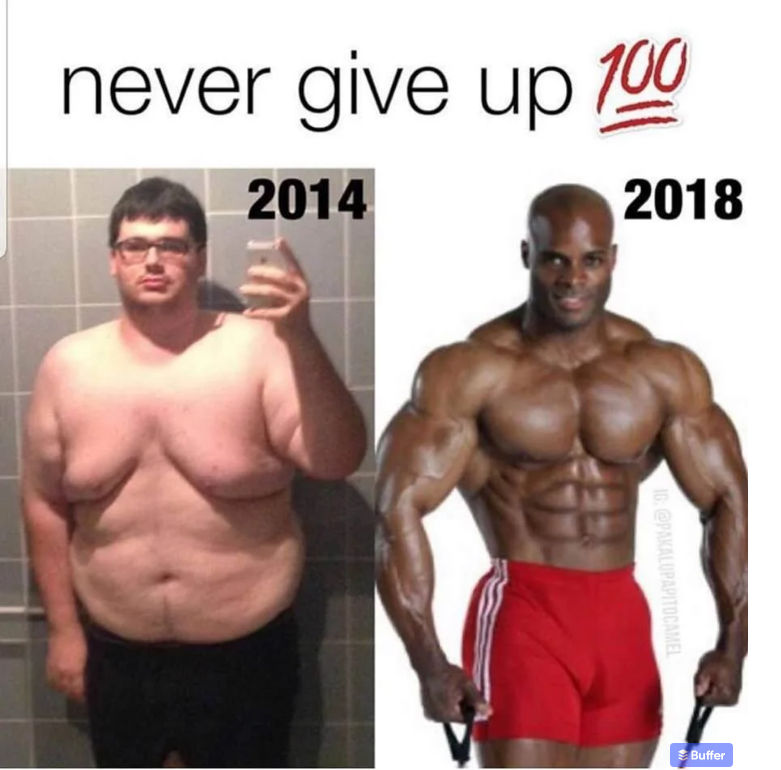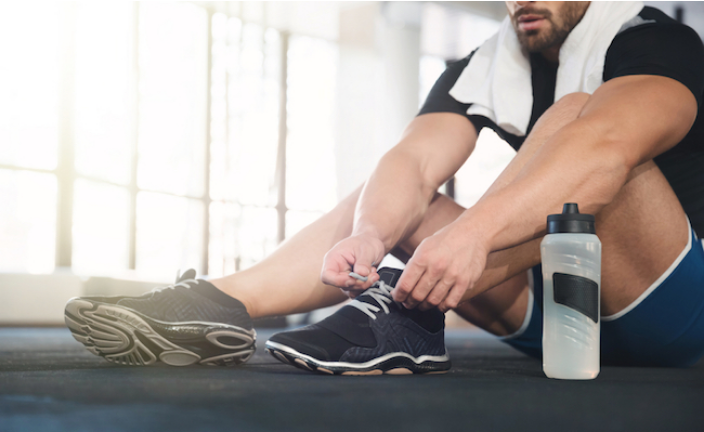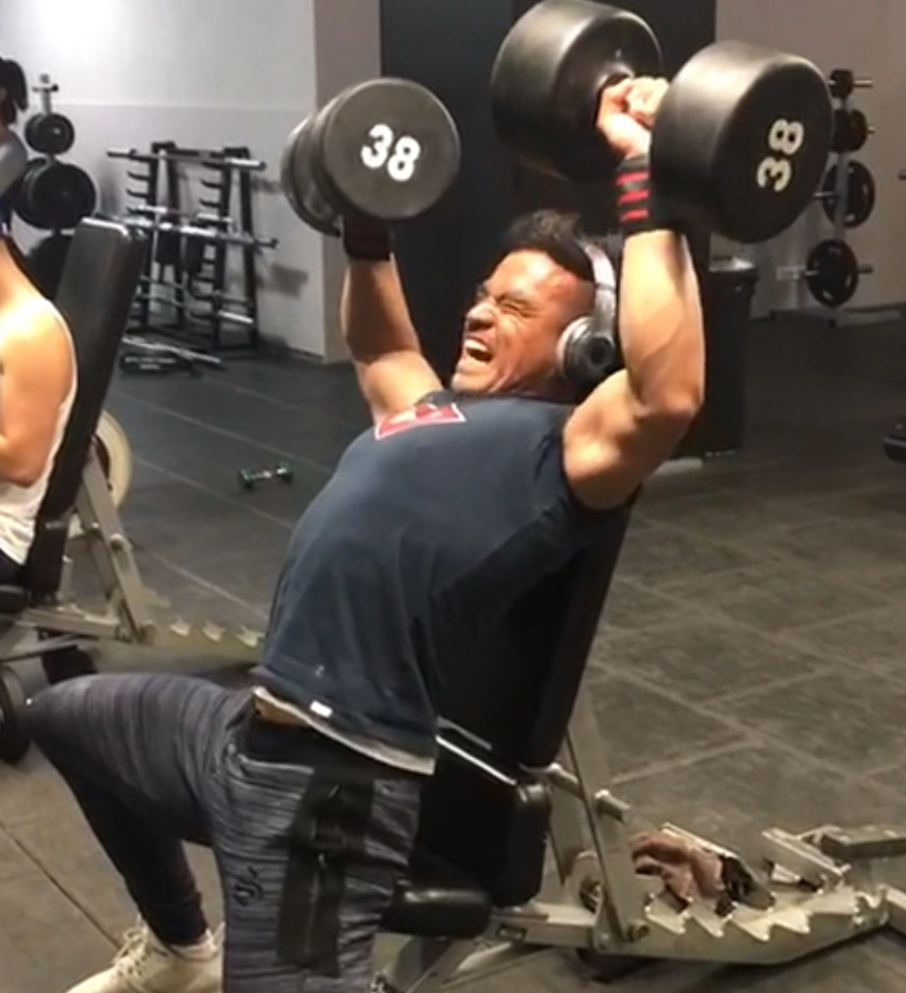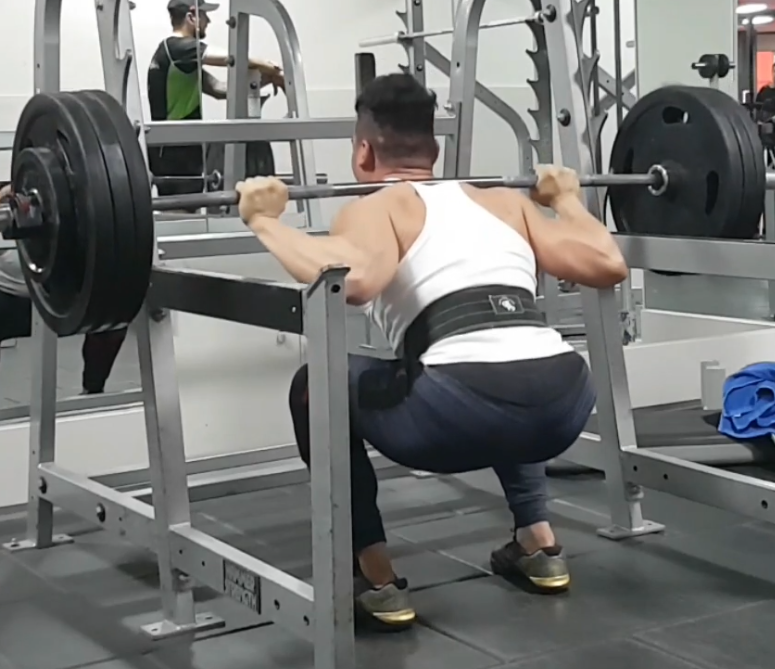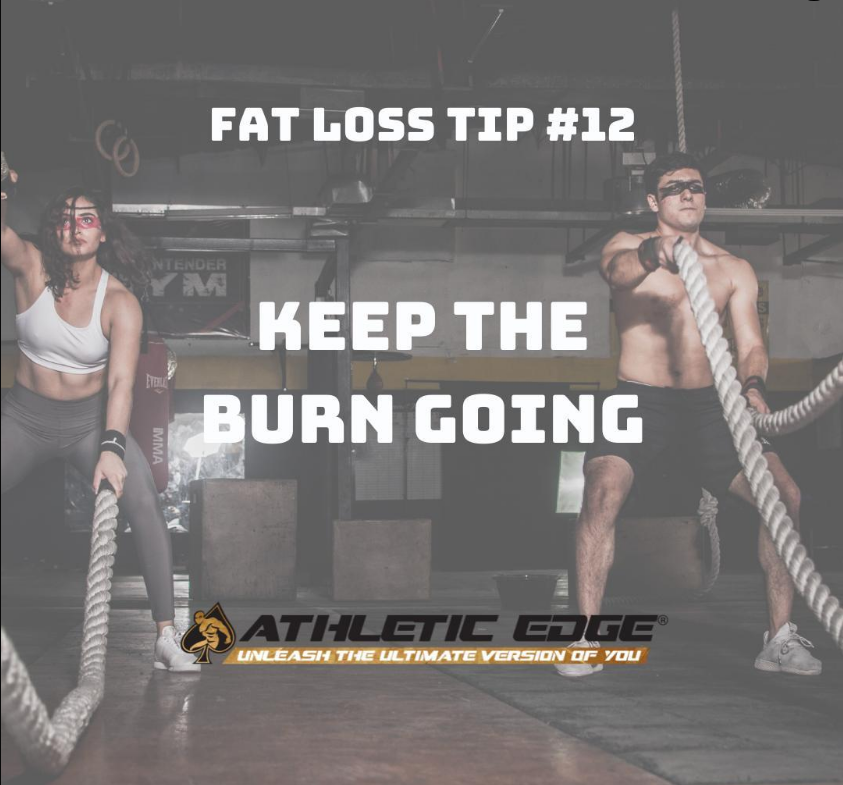Myth Buster #2: You Can Turn Fat into Muscle
- Jam Acero
- Training
- Hits: 175





One of the most common questions people ask me as a personal trainer is: “Hey Jam, can I turn the fat on my body into muscle?” To which I break the unfortunate truth to them. If your dad Joe walks out of the living room and your mum Jane walks into the room, did Joe magically transform into Jane? No, it’s impossible. Why? Because they’re two different people.
It’s for that same reason that it is scientifically, physiologically impossible to convert body fat into muscle tissue – they are two different types of cells, just like oil and water are two different types of liquids.



